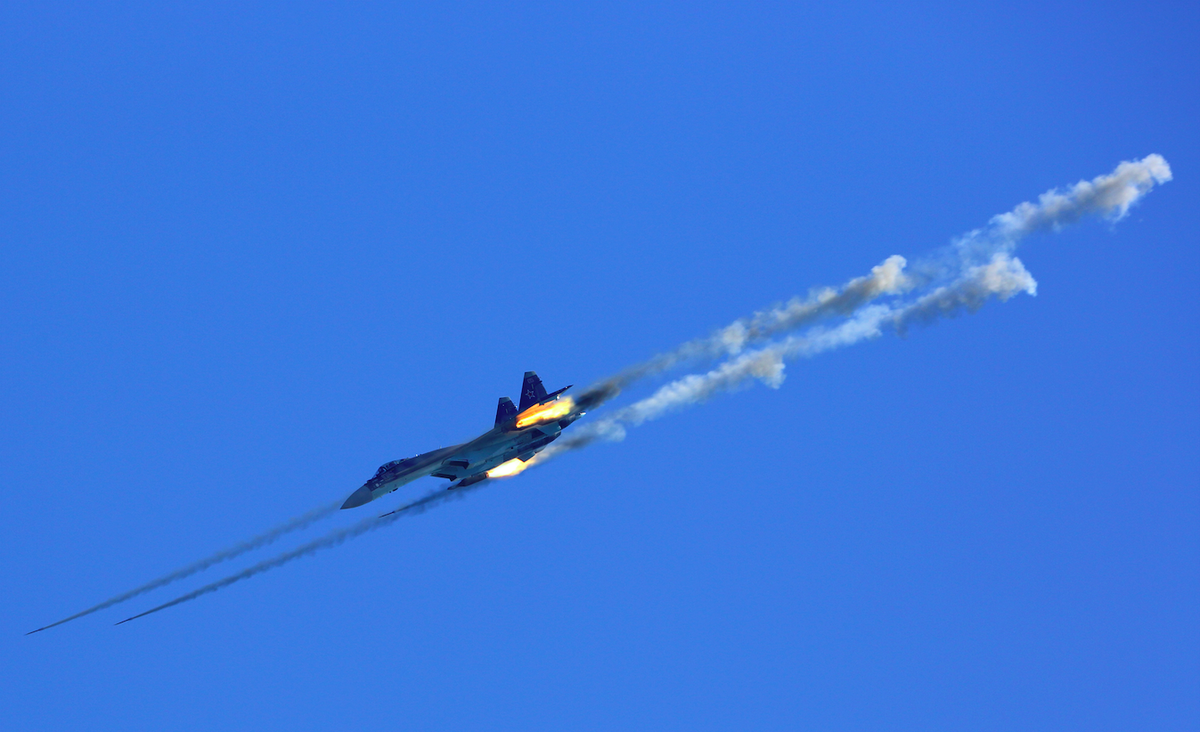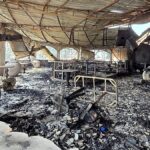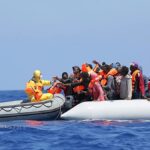A Sukhoi SU-35 “Flanker” fighter jet has entered the Alaska Air Defence Identification Zone. Photo Credit: FastTailWind/ShutterStock
On September 24, North American Aerospace Defense Command (NORAD) scrambled US fighters to intercept four Russian aircraft near Alaska, marking the ninth encounter of the year. The formation included two Tupolev TU-95 nuclear-capable bombers with two Skoy Vyoy SU-35 “flanker” fighters. Adiz was regularly monitored to detect, identify and track incoming aircraft, and the presence of Russian bombers led to immediate deployment of the US and Canadian troops.
NORAD, along with four F-16 fighter jets and four KC-135 tanker aircraft, dispatched E-3 early warning and control aircraft to intercept and monitor Russian planes. Authorities confirmed that Russian aircraft did not enter the sovereign space of us or Canada. Norad emphasized that despite the famous nature of the aircraft involved, such encounters are considered routine. The E-3, also known as the AWACS, provided continuous radar and situational awareness, and the F-16 was tasked with visual identification and escorting bombers away from US territory.
The incident follows two similar encounters from the previous month, showing patterns of Russian military activity near Alaska. US and Canadian military officials say that Russian long-range bombers are routinely flying near Addies, Alaska in 2025, often accompanied by fighter escorts. NORAD classifies these events as “regular and anticipated” exercises, but is consistent with wider geopolitical tensions between Russia and NATO, including conflicted airspace violations in Europe and strengthened alerts in the North Atlantic.
Norad officials emphasize that intercepted aircraft near Adiz are defensive measures aimed at ensuring North American airspace security. The pilot will implement standard identification procedures to maintain safe separation from foreign aircraft. No incidents or hostile actions were reported during the encounter, and Russian bombers continued on planned international flight routes after being monitored.
Experts say the repeated presence of Russian bombers near Alaska highlights the strategic importance of the region to maintain military surveillance and reliable deterrent. The US and Canada maintain continuous radar coverage, fighter preparation and coordination through NORAD to respond to such activities, demonstrating continuous vigilance over North American airspace. Intercepts reinforce the need for close surveillance and communication between global forces, introducing the professionalism and preparation of the Norian army. Although these encounters are routine, they continue to attract international attention due to the involvement of nuclear aircraft and the wider impact on local safety.








